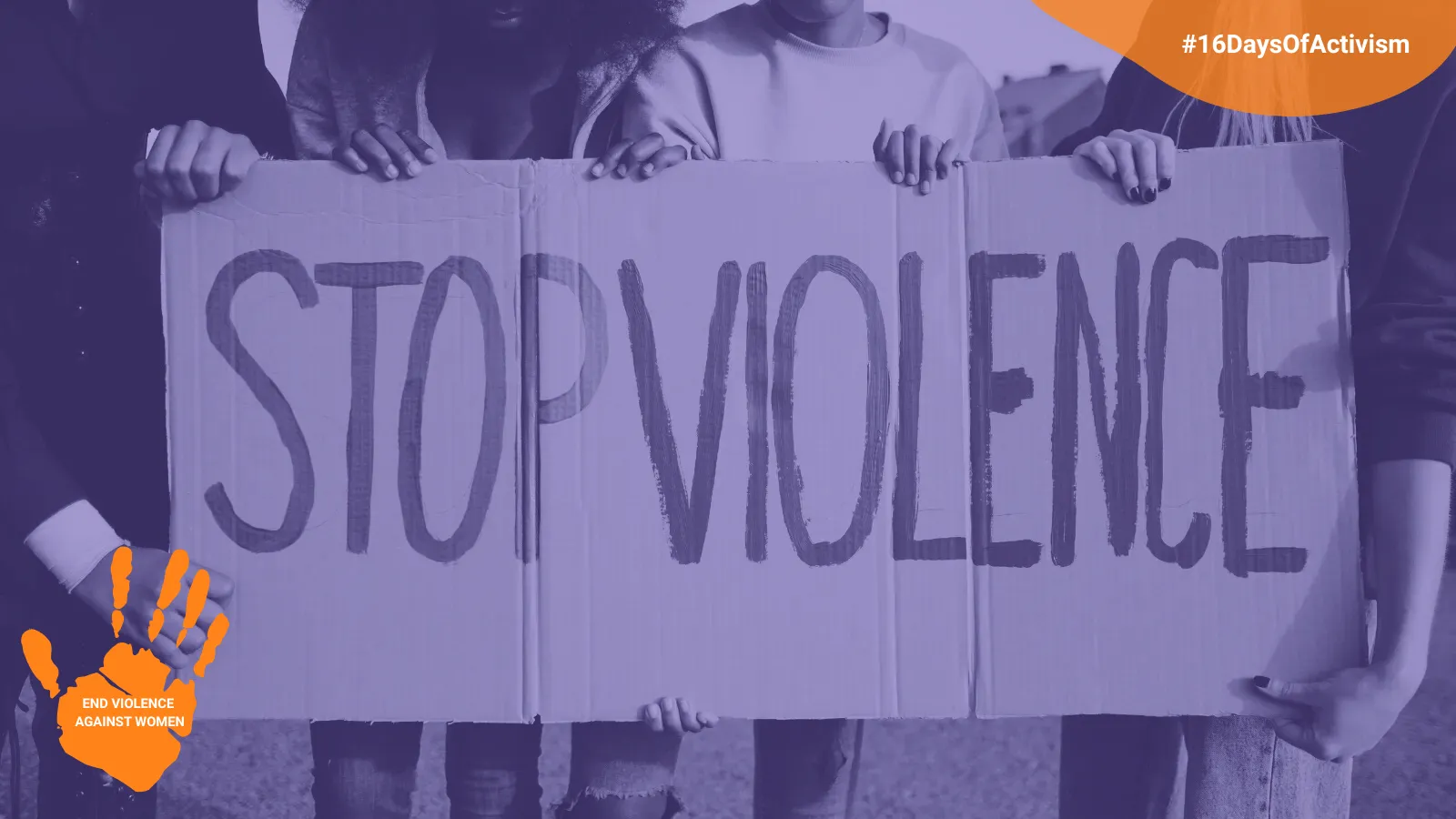Ending violence against women: Strengthening democracy is part of the solution

A recent report by UN Women and the UN Office on Drugs and Crime estimates that around 50,000 women and girls were killed by an intimate partner or other family member in 2024, accounting for about 60 per cent of all intentional killings of women and girls that year—roughly one woman or girl every 10 minutes. More broadly, UN data show that almost 1 in 3 women worldwide have experienced physical and/or sexual violence by an intimate partner, non-partner sexual violence, or both, at least once in their lifetime (UNODC and UN Women 2025). The question, then, is not whether violence exists everywhere, but whether certain governance models are better equipped to respond to it.
Evidence from both V-Dem and International IDEA suggests that, on average, democracies do more to protect women’s rights, including from violence, than authoritarian regimes. International IDEA’s Global State of Democracy (GSoD) Indices show that of the 42 countries with high levels of gender equality, all but one (Cuba) are democracies, while nearly all low-performing countries are autocracies (Silva-Leander 2025). Democracies tend to have stronger rule of law, more independent judiciaries, freer media and more vibrant women’s movements—all of which are critical for naming, measuring and prosecuting violence against women.
V-Dem data also show that countries scoring high on liberal or electoral democracy indices tend to have better scores on women’s civil liberties and physical integrity rights than autocracies (V-Dem 2024). This does not imply that democracies are inherently safe for women. It means they offer more avenues for advancing and safeguarding rights and ensuring accountability, including through independent courts, representative parliaments, active civil society, and competitive elections.
By contrast, in authoritarian settings, violence against women is often hidden, under-reported, or even used as a deliberate tool of control. In Afghanistan, for example, the Taliban have dismantled protections for women experiencing gender-based violence, closed shelters and replaced them with practices that can involve imprisoning women in the name of protection, while imposing sweeping restrictions on their movement, work and speech (Human Rights Watch 2024, Silva-Leander and Sourek 2025). In this case, and other authoritarian contexts, the state itself is a central perpetrator of rights violations.
Yet democracy, despite its self-correcting advantage, may face setbacks. In Latin America, for instance, Brazil and the Dominican Republic have some of the highest rates of femicide in the region, only falling behind Honduras (IEP 2025). In Mexico, where competitive elections exist, rates of femicide have almost doubled since 2015 (IEP 2025). And while legal reforms have expanded definitions of femicide and support for victims in Mexico, impunity and ineffective institutional responses remain a critical challenge to preventing violence in the country, including sexual violence, which often goes underreported due to fear and lack of trust in authorities (Vision of Humanity 2025).
The global surge in democratic backsliding is creating major obstacles for gender equality and efforts to eliminate gender-based violence. These regressions often roll back formal commitments and dismantle policies that support women’s rights, including access to abortion and measures to prevent violence against women (UNRISD and UN Women 2025). At the same time, recent funding cuts to women’s rights and women-led organizations are severely undermining essential services, including gender-based violence response, with the harshest consequences falling on women in highly vulnerable contexts (UN Women 2025).
Despite the challenges that democracy faces in eliminating violence against women, democracies are still better equipped to deal with this phenomenon. The European Union, for instance, adopted in 2024 its first Directive on combating violence against women and domestic violence, a comprehensive framework that criminalizes certain forms of gender-based violence, including some forms of cyber-violence, and mandates support services and access to justice for survivors (European Union 2024). In 2022, Costa Rica passed a law that specifically targets violence against women in politics, seeking to prevent, sanction and eradicate political gender-based violence as a discriminatory practice that undermines women’s political rights (Legislative Assembly of Costa Rica 2022). In November 2025, Members of Parliament in France introduced a sweeping bill with 78 articles to tackle violence against women and children. It creates specialized police units, mandates training for officers, strengthens victim protection and removes the notion of “marital duty” from French law (Cordier 2025). These examples show that legal change and progress on eliminating violence against women are possible, and often more likely, in democratic contexts.
On this International Day for Eliminating Violence Against Women, let’s focus on the evidence: democracy—when inclusive, rights-based and accountable—remains one of the most powerful tools we have to prevent and respond to violence against women. But laws must be enforced, data must be collected, and space must be protected for those who insist, often at great personal risk, that a life free from violence is not a privilege, but a democratic right.
Disclaimer: Opinions expressed in this commentary are those of the author and do not necessarily represent the institutional position of International IDEA, its Board of Advisers or its Council of Member States.




